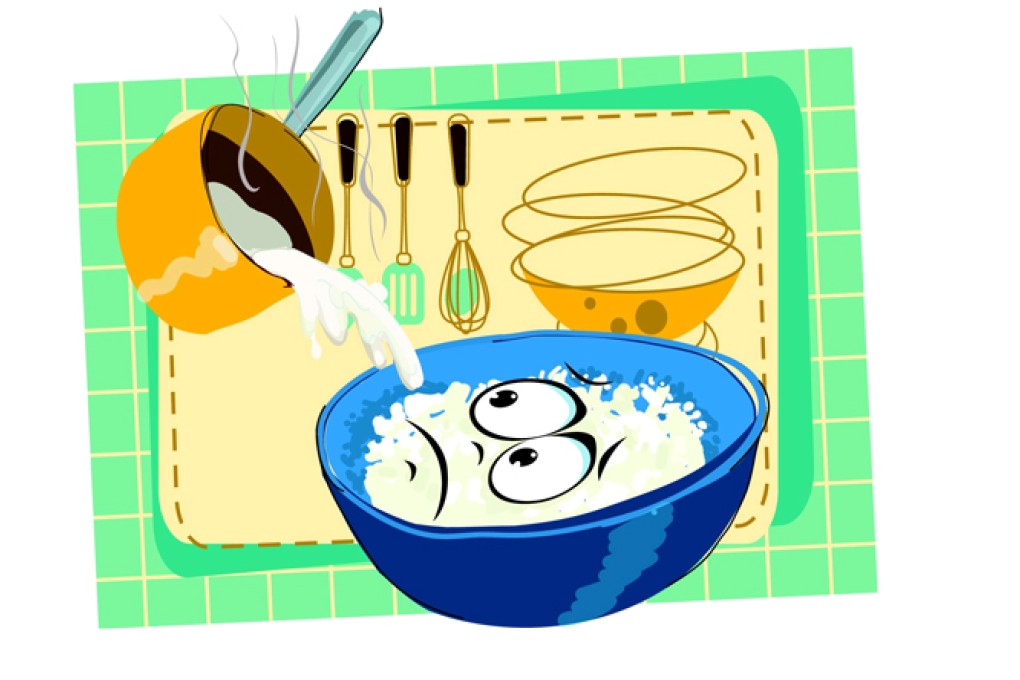Why you shouldn't add scalding-hot liquid to yeast
Susan Jung

The other day, my cousin asked me what was wrong with the aebleskiver recipe that appears in my cookbook, A Celebration of Food. I've made that recipe many times and I know it works, so I turned the question back on her: "What are you doing wrong?" "Nothing," she replied - she made the recipe once and the aebleskivers (spherical pancakes) turned out beautifully, but ever since then, they've been too dense. I questioned her about the ingredients, asking if she had changed the type of flour, but she said all the ingredients were the same as before. A week or so later, she told me she had made them again and that they were as good as those from her first attempt. I interrogated her about what she had done differently and she admitted that this time she had cooled the milk to 35 degrees Celsius before pouring it over the yeast, as I had instructed in the recipe. "Do you think that made the difference?" she asked.
In a word: yes. She had been pouring scalding hot milk over yeast, which is a living organism. When dried it becomes dormant but it needs only liquid and a bit of heat to awaken it and activate its rising powers. Too much heat, however, and you could kill it, as my cousin discovered.
There are several types of yeast used in baking - fresh (also called compressed or cake yeast), active-dry and instant. All of them are "awakened" when mixed with liquid that's within a few degrees of body temperature (37 degrees). Fresh and active-dry yeast are usually dissolved in water (or milk) before being mixed with other ingredients; instant yeast is combined with the dry ingredients before the liquid is added.
When yeast is activated with milk, the recipe usually instructs you to scald the milk - heat it so it's just below boiling point (100 degrees) - and then cool it before mixing it with the yeast. It would be logical to ask, "Why not just heat it to about 37 degrees?", rather than bringing it to such a high temperature that it needs to be cooled. Well, milk contains a protease enzyme that inhibits the development of gluten (the protein in flour that gives structure to breads and other baked goods), which scalding restricts.
Truc (tryk): noun, masculine, trick, gimmick, device. A French word for a chef's secret.
